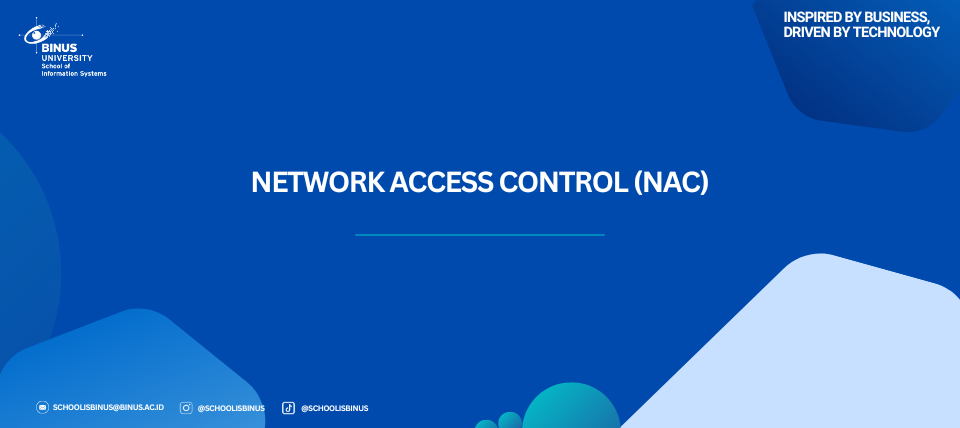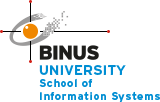NETWORK ACCESS CONTROL (NAC)

Network Access Control (NAC) is a security solution that regulates device access to a network based on pre-defined security policies. It ensures that only authorized and compliant devices can connect, enhancing overall network security.
Key NAC Components:
· Authentication: Verifies device and user identities using methods like usernames, passwords, or multi-factor authentication.
· Authorization: Determines access levels based on authentication results and device security posture.
· Compliance: Checks device compliance with security policies (e.g., antivirus updates, patches).
· Remediation: Enforces actions for non-compliant devices (e.g., quarantine, access restriction, update downloads).
· Monitoring and Reporting: Continuously monitors devices, provides reports for auditing and risk identification.
NAC Methods:
1. Pre-Admission Control
This method involves verifying a device’s compliance with security policies before granting it network access. It’s often implemented using a network access server (NAS).
· Agent-Based NAC:
o Requires a software agent to be installed on the device.
o Agent collects device information and sends it to the NAS for verification.
o Provides granular control over device access.
o May be less convenient for users due to agent installation.
· Agentless NAC:
o Does not require an agent to be installed on the device.
o Relies on network traffic analysis and other techniques to gather information.
o Offers more flexibility but may be less granular in its control.
2. Post-Admission Control
This method allows devices to initially connect to the network but continuously monitors their compliance with security policies. If a device becomes non-compliant, appropriate actions can be taken.
· Dynamic Segmentation:
o Divides the network into segments based on device security posture.
o Non-compliant devices may be isolated to restricted segments.
o Offers a flexible approach to managing device access.
· Endpoint Quarantine:
o Places non-compliant devices in a restricted network segment (quarantine zone).
o Prevents these devices from accessing critical network resources.
o Provides a way to isolate potential threats.
Additional Considerations
· Hybrid NAC: Combines elements of pre-admission and post-admission control for a more comprehensive approach.
· Integration with Other Security Solutions: NAC can be integrated with other security technologies like firewalls, intrusion detection systems, and identity and access management (IAM) systems.
· Continuous Monitoring and Remediation: NAC systems should continuously monitor devices for compliance and implement remediation actions as needed.
Benefits of NAC:
· Enhanced Network Security: NAC ensures that only approved users and devices that meet security standards are allowed on the network, minimizing the chances of data breaches, malware infections, and unauthorized access.
· Greater Visibility: NAC offers organizations a comprehensive view of all connected devices and users, helping them quickly identify and respond to potential security risks.
· Enforcing Compliance: NAC ensures that devices adhere to organizational security protocols by verifying they have necessary updates, antivirus protection, and security configurations.
· Reducing Threats: NAC mitigates risks by isolating or limiting access for non-compliant or suspicious devices, preventing the spread of malware and minimizing damage from security threats.
· BYOD (Bring Your Own Device) Support: NAC allows businesses to safely manage personal devices by ensuring only those that meet security requirements can access important resources without risking overall security.
· Network Access Segmentation: NAC controls access levels based on user roles or device types, ensuring that sensitive resources remain secure and are only accessible by authorized users.
· Automated Remediation and Response: NAC solutions can automatically apply remediation measures, such as quarantining devices or guiding them to update patches and antivirus software when non-compliance is detected.
· Simplified Auditing and Reporting: NAC provides detailed logs and reports, facilitating easier audits, compliance checks, and the investigation of security incidents.
Key improvements:
· Conciseness: The text is more concise and focused on essential points.
· Clarity: Terms like “pre-admission” and “post-admission” are explained briefly.
· Structure: The information is organized into clear sections.
· Relevance: The benefits are highlighted and linked to the key components.

